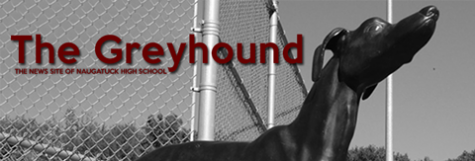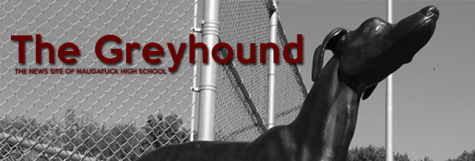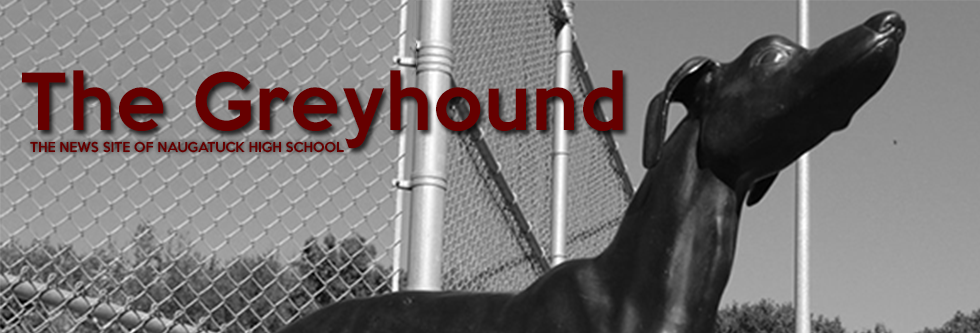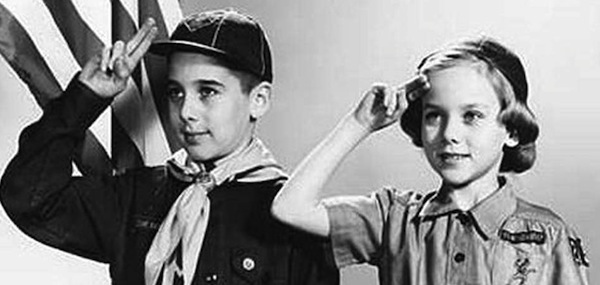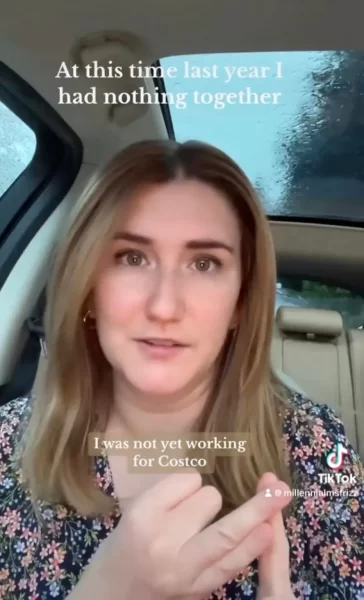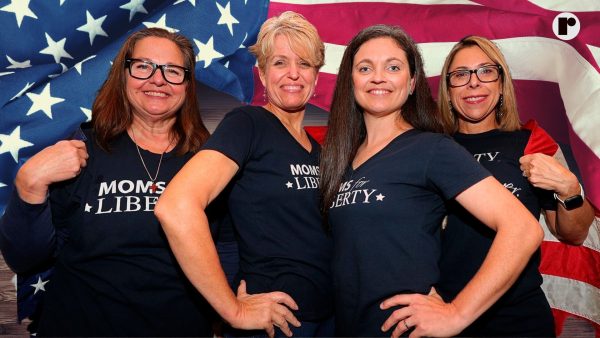Does motivation matter? The BSA makes extraordinary change
On Wednesday, the Boy Scouts of America unanimously agreed on an extraordinary change that will soon allow girls to become Cub Scouts and earn the organization’s highest honor of Eagle Scout.
Similarly to that of other historic decisions (such as allowing “known or avowed homosexuals” as members in July 2014 and accepting “open or avowed” homosexual individuals in leadership positions in July 2015) the ensuing firestorm of controversy has led to heated debates in and outside of the organization, albeit, debates that are truly unwarranted and if at all started, are on the wrong topic.
Truly, the only reason a controversy should arise when it comes to allowing women into the BSA should be that the motive for change seems to not be a yearning for equal opportunities in a society where we are hyper aware of disparities between different groups of people (especially gender), but instead an attempt by the organization to inflate dwindling membership numbers in fear of the propensity for fiscal impacts as a result continued shrinking.
Now, this change is genuinely fantastic; a whole new world of opportunities opened up to the young women of our our nation because of it, and that’s how it should be viewed. However, typical to the current state of our nation and its media, the arguments between proponents and opponents have glorified not only the wrong issues, but henceforth detracted from the true grandeur of the change as a whole.
When we look at fairly recent years in terms of membership for the BSA, a strong decline is clear. According to the 2016 BSA annual report, membership for traditional scouting (including Boy Scouts, Cub Scouts, and Venturing/Varsity Scouting) membership was roughly 2.2 million however, in the same report from 2000, membership for traditional scouting programs was nearly 3.4 million.
What would bring this historically gender specific–to the point where boy is in the name–to make a change which in many ways was probably known to bring protest from the very people who are involved in the organization? What do we have left to assume as reasoning for a change on the scale of which the organization had never seen?
Membership.
In theory this change could open the door to thousands of newly accepted female scouts, helping to slow the ever increasing tide of decreasing membership.
In addition such an action would be highly beneficial to the BSA when looked at as a way of shoring up membership in the years to come, and it would come with few downsides.
The outright reasoning may very well be as valiant as it looks but the underlying push seems in many ways suspicious leaving the people to assume that the change may be equally for adapting to the modern world and becoming more inclusive as it is for changing the public view on the organization in an effort to bolster ever dwindling membership in the years to come.
In truth, this can only be further backed by the other aforementioned historic changes that the organization had gone through in recent years. In those cases much stronger calls of public outcry and spoken disapproval by certain high level government officials–after a few hotly debated events and issues in the organization became eminently publicized news–can most likely be attributed to the similarly consequential changes (allowing openly gay members and leaders). The overall reasoning was more focused on changing for what the people had asked for, and that was clear.
Strong public outcry, however, is something we can not see in relation to allowing women in the BSA. No public scandals had come about, there were no major public pushes for change (however there are are certain gallant sects which have been fighting for the change as a continued push, and not as a reaction to issues of ignominy or discrimination in the organization for years), and no real statements had been made by officials in various positions of power.
Hypothetically the same accusations–changing to increase membership–could be made with the changes made in 2014/15 too, however, both of these have shown no impact on membership in recent years. And they never truly had the propensity to bring in numbers like allowing women into the BSA does.
So the clear motive for change is questionable at best and shrouded in relative mystery, but the controversies raging are all on the implications of making a monumental revision to a reasonably conservative organization, what said change will take to implement, and how it will affect the learning environment for all young men involved.
Not only is making a fuss about the change in general comparably needless, but doing so about issues which are entirely inconsequential–such as those mentioned–take all of the incredibly valuable implications and overshadows them in a way that is detrimental to all the young women who have been watching from the sideline waiting to gain the opportunities as their male counterparts.
Take for instance James DeBisschop, an Eagle Scout from Troop 138 in Naugatuck who stated “Seeing as we [already] have a Girl Scout program and an already coed venturing crew program [I think] females have enough outlets in scouting. That being said, both of those programs have flaws that need fixing but the solution is in fixing them individually not changing the Boy Scout program.”
It is true – there is BSA Venturing, however, that program isn’t available to young men and women until the age of 14. And with Venture Crews being fairly few and far between and more often non-coed, it can’t truly be touted as an acceptable alternative to making changes to the BSA that would have minimal to no impacts–even in the largest cases–on current programs and teachings thanks to the way the BSA plans to approach the changes.
And yes there is the girl scouts (another massive fountain of controversy) but it does not offer many of the same opportunities and experiences to young women, and has no plans to change its program to suit the desires of the same young women it’s worried about losing to the reformed BSA.
Though they practically share mission statements of “preparing young people to make ethical and moral choices over their lifetimes,” and teaching children practical life skills; execution and curriculums for both organizations have been markedly different over the past century.
In their earliest years, “Boy Scouts teachings were imbued with a more frontiersmen ethos connected to the national narrative of moving west, while the Girl Scouts were a more urban movement teaching both domestic and outdoor skills,” said Tammy Proctor, the head of the history department at Utah State University and author of the book Scouting for Girls: A Century of Girl Guides and Girl Scouts.
In the same fashion, not only is the prowess and experience exceedingly different, but the end result for each– Eagle Scout and Girl Scout Gold Award–are treated completely discordantly by our modern culture (and in a broader sense, the job and school markets for teens about to transition to adulthood), though they both require immense, and passably similar, amounts of work.
In the end, if there are still reservations and debate on the issue as a whole, make them about the only issue which can be backed with solid facts and consider why can’t give young women the opportunity to choose which side they would like to participate in? Why shouldn’t they at least be granted the chance to get the same recognition as their brothers or go out and use practical skills in a natural setting?
More importantly, why can’t we as a public, involved firsthand with the issue or not, appreciate that an organization which has produced hundreds of incredibly successful men, will now have the opportunity to do the same for women? It may require looking through some rose-colored glasses to do so, but when we do, all the conservatively based red flags supported by often flawed reasoning and erroneous information, just look like flags.

I am in 12th grade. I would like to become a Wildlife and Fisheries biologist. I love discussing the news. Learning people's opinions helps me form my...
